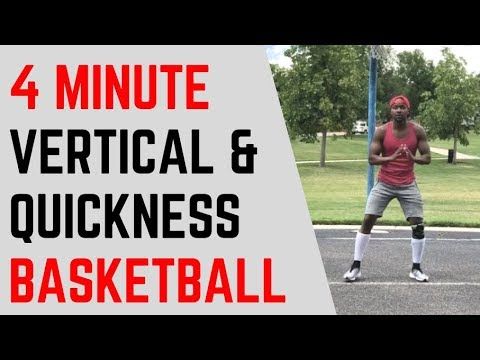
Basketball Strength and Conditioning
Basketball is a demanding sport that requires a combination of skill, speed, agility, and endurance. In order to excel on the court, players need to have a solid foundation of strength and conditioning. Proper strength and conditioning programs can not only enhance performance but also reduce the risk of injuries. Let’s delve deeper into the significance of strength and conditioning in basketball.
Building Strength
Strength is a foundational component for basketball players. It helps them overpower opponents, control the ball, and perform explosive movements like jumping and sprinting. By incorporating strength training into their routine, players can improve their power, stability, and overall athletic performance.
Weight Training
Weight training is a common method to build strength in basketball players. It involves exercises that target the major muscle groups, such as squats, deadlifts, bench presses, and rows. Incorporating both upper and lower body exercises ensures a well-rounded strength training program.
Example Weight Training Routine:
Squats – 3 sets of 10 reps
Deadlifts – 3 sets of 8 reps
Bench Press – 3 sets of 10 reps
Rows – 3 sets of 12 reps
Plyometrics
Plyometric exercises are another effective way to build strength and explosive power. These exercises involve rapid stretching and contracting of muscles, which helps improve speed and jumping ability. Examples of plyometric exercises include box jumps, depth jumps, and medicine ball throws.
Example Plyometric Routine:
Box Jumps – 3 sets of 8 reps
Depth Jumps – 3 sets of 6 reps
Medicine Ball Throws – 3 sets of 10 reps
Conditioning for Basketball
In addition to strength, basketball players need to have excellent cardiovascular endurance. The constant running, quick changes in direction, and intense bursts of speed during a game require players to be in top physical condition. Conditioning exercises can help improve endurance, agility, and speed on the court.
Interval Training
Interval training is a popular conditioning method for basketball players. It involves alternating between high-intensity exercises and short periods of rest. This type of training helps simulate the intensity of a basketball game and improves both aerobic and anaerobic fitness. Examples of interval training exercises include sprints, shuttle runs, and suicides.
Example Interval Training Routine:
10 x 100-meter sprints with 30-second rest between each sprint
Shuttle Runs – 3 sets of 10 reps
Suicides – 4 sets of 5 reps
Endurance Training
Endurance training is essential for basketball players as it helps them sustain high levels of performance throughout a game. Incorporating exercises like long-distance runs, cycling, or swimming can improve cardiovascular fitness and overall endurance. Aim for workouts that last 30 minutes or longer to maximize the benefits of endurance training.
Example Endurance Training Routine:
30-minute continuous run at a moderate pace
45-minute cycling session
40 laps swimming at a steady pace
Injury Prevention
Strength and conditioning not only enhance performance but also play a crucial role in injury prevention. Building strength around joints and improving overall stability can significantly reduce the risk of common basketball injuries like ankle sprains, knee strains, and muscle pulls. Additionally, proper conditioning helps players maintain proper form and technique, minimizing the chance of injury due to fatigue or overexertion.
Conclusion
To excel in basketball, players must prioritize strength and conditioning. Incorporating a well-rounded strength training program and conditioning routines can significantly enhance performance, endurance, and reduce the risk of injuries. With regular dedication and discipline, players can reach their full potential on the court and take their game to new heights.